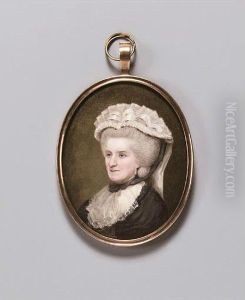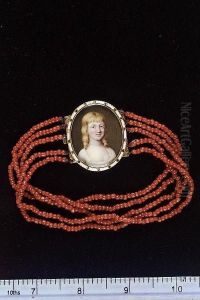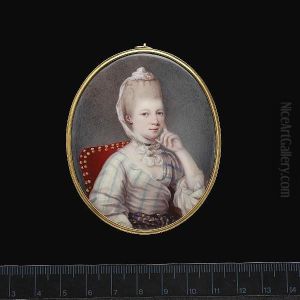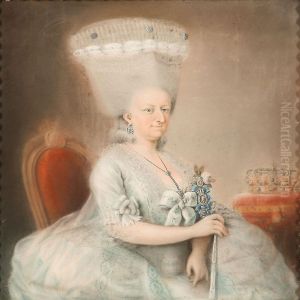Johann Heinrich Hurter Paintings
Johann Heinrich Hurter was a Swiss painter born on September 20, 1787, in Schaffhausen, Switzerland. His artistic journey began in the context of early 19th-century European art, which was marked by a transition from Rococo to Neoclassicism and the rising influence of Romanticism. Hurter's work, however, is not well-known internationally, and he remains a more obscure figure in art history.
Hurter's early life is not thoroughly documented, but it is known that he received his initial artistic training in his hometown. He later traveled to Germany and possibly Italy, which was common for artists of his time seeking to refine their skills and study the masters of the Renaissance and Baroque periods. Throughout his career, Hurter would have been exposed to the shifting artistic trends of his era, including the growing emphasis on emotional expression and the beauty of nature that characterized Romantic art.
Despite the lack of widespread recognition, Hurter contributed to the Swiss art scene with his portraits, landscapes, and religious paintings. His style would have reflected the prevailing tastes and artistic conventions of the time, blending elements of the precise linearity of Neoclassicism with the more expressive and dramatic aspects of Romanticism.
Johann Heinrich Hurter's death occurred on August 9, 1863, in his hometown of Schaffhausen. While his legacy may not compare with the giants of European art, his works represent a piece of the Swiss cultural mosaic of the 19th century. Today, his paintings might be found in local museums or private collections, serving as historical artifacts that offer insight into the period's regional artistic production.



